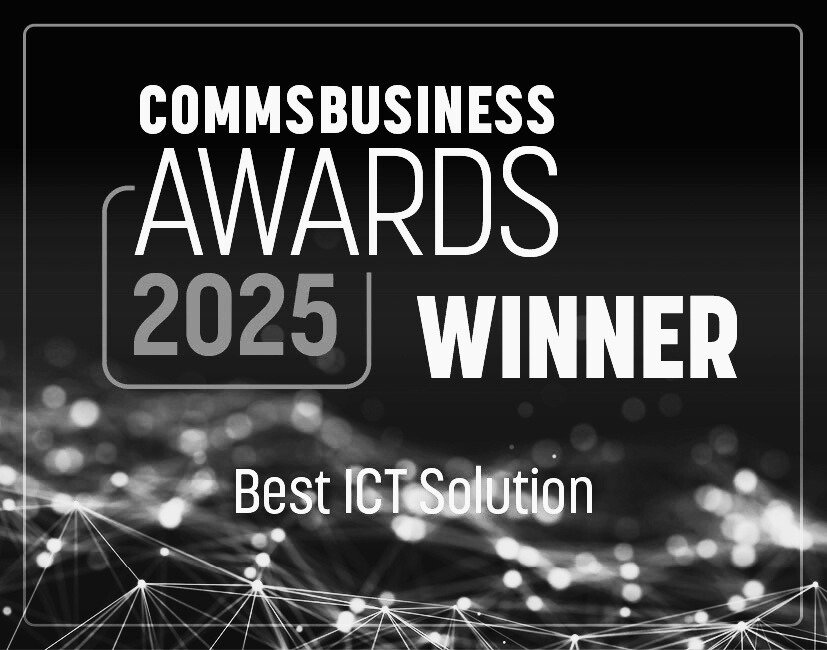What Exactly Is Predictive Analytics?
- Which customers are likely to churn?
- What will demand look like next quarter?
- Where are the operational bottlenecks likely to occur?
- Which product lines are expected to perform best?
It’s not magic — it’s mathematics. But when applied correctly, it can feel like having a crystal ball in your toolbox.
Why Managers Should Pay Attention
Managers can use predictive models to:
- Reduce uncertainty in decision-making
- Identify and mitigate risks before they materialize
- Allocate resources more effectively
- Boost operational efficiency
- Enhance customer engagement and retention
Simply put, it allows organizations to be proactive rather than reactive — to anticipate rather than just respond.
Common Business Applications
- Sales & Marketing: Forecast which leads are most likely to convert, or identify at-risk customers to tailor retention strategies.
- Finance: Predict future cash flow, assess credit risk, and detect potential fraud patterns.
- Operations & Logistics: Anticipate inventory shortages, delivery delays, or equipment failures — enabling preemptive action.
- Human Resources: Analyze trends to predict employee turnover or assess the effectiveness of hiring strategies.
These insights can lead to tangible improvements in revenue, customer satisfaction, and operational performance.
The Real Benefits for Managers
- Faster, evidence-based decisions
- Improved strategic planning
- Higher return on investment across functions
- Better alignment of day-to-day operations with long-term goals
And perhaps most importantly, it builds resilience. In times of rapid change or crisis, having predictive capabilities can be the difference between navigating disruption and being blindsided by it.
How to Get Started
A strong foundation in data governance and clear business objectives are more critical than complex algorithms. From there, companies can scale their capabilities gradually, building internal expertise or working with external partners where needed.
Final Thoughts
Predictive analytics is more than a technical trend — it’s a strategic necessity. In a world where uncertainty is the only constant, the ability to see one step ahead is a true competitive advantage.
For managers, embracing predictive analytics isn’t just about staying current. It’s about leading with clarity, confidence, and control — and shaping the future instead of reacting to it.



